Michael Smither
For background on the artist and works, see below.
Current Works

Pleasure Boats Duo no 4
Sold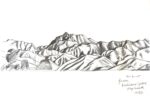
From Buckland Grove Stopbank
Sold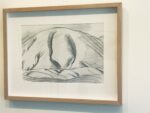
Study For Mt Ida Foothills
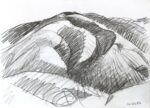
St Bathans Hill Study
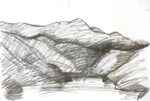
Marlborough Sounds I

Mount St Bathans II

Mount St Bathans I
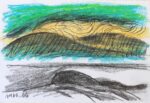
Dark Pond Cambrian Road (Otago)
Sold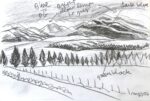
Mount St Bathans Study III
Sold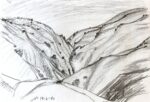
Central Pass Hills Study
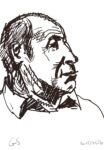
Portrait of Grahame Sydney II
Sold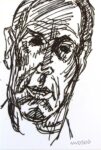
Portrait of Grahame Sydney
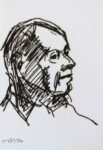
Portrait of Nigel Brown
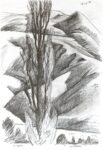
Cambrian Road, Poplar
Sold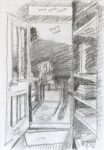
Cambrian Road, Anton Oliver’s House
Sold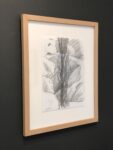
Cambrian Road, Poplar Study
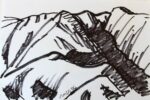
Hawkdun Mountains Study
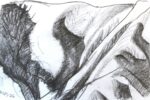
Hawkdun Mountains Study I
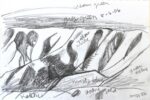
Hawkdun Mountains Study II
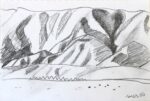
Hawkdun Mountains Study III

Hawkdun Detail
Sold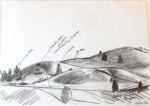
St Bathans Rd Gold Sluicing Hill I
Sold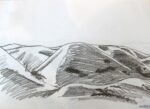
St Bathans Rd Gold Sluicing Hill III
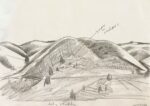
Untitled St Bathans Study
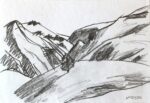
Mount St Bathans, Lone Pine
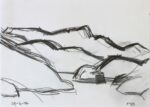
Untitled Sounds Study
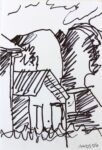
Collingwood Township I
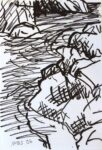
Pelorus River I
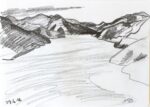
Pelorus Sound Study
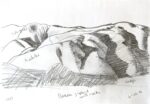
Bullen Ground With Rocks, Central Otago
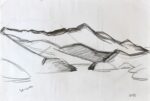
Sounds Study Untitled
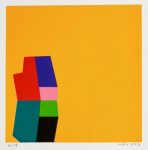
Gone Fishing 1
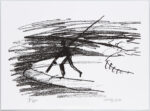
The Fisherman
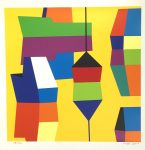
The White Hatch Cover Abstract
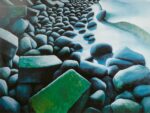
The Rock Wall
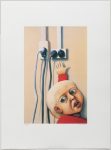
Big Occity
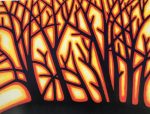
Light through the Trees
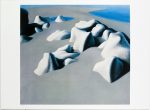
Rocks and sand at low tide (Oakura beach)

Pleasure Boats II

Pleasure Boats I
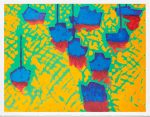
Red Reflections
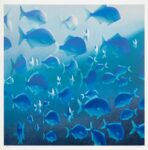
Blue Maomao
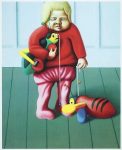
Chris Cricket Meets Buzzy Bee
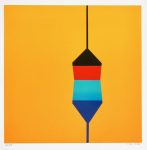
Gone Fishing – the Red Yacht

Pleasure Boat Duo (No 3)
Sold
Pleasure Boat Trio (No 8)

Pleasure Boats Harmonics Orange
Sold
Pleasure Boats Harmonics Yellow
Sold
Pleasure Boats Harmonics Red
Sold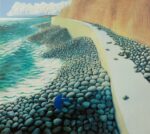
Sea Wall and Kingfisher

Family in the Van
Sold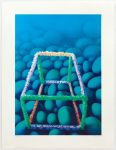
The Old Craypot

Okahu Boats I (Orange)
Sold
Massage Towels & Blankets

Chroma Zones Red-Orange
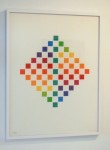
Chroma Zones Blue-Green
Sold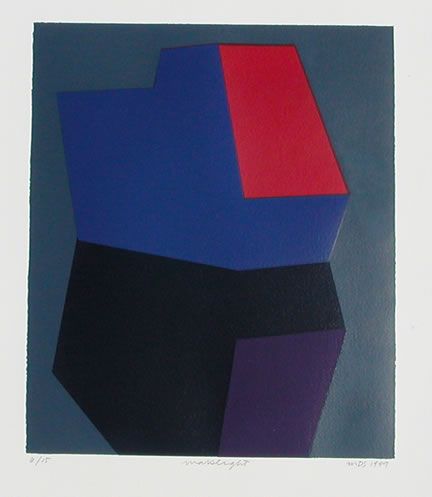
Marslight
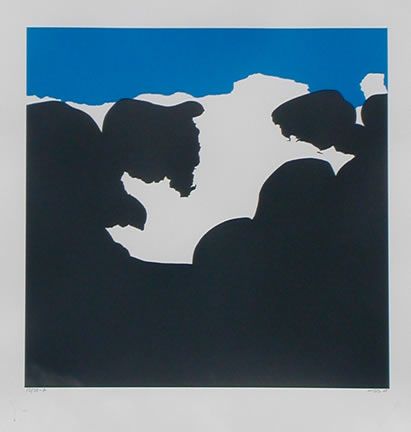
Wave Invading
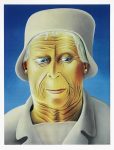
Mary Smither 1972
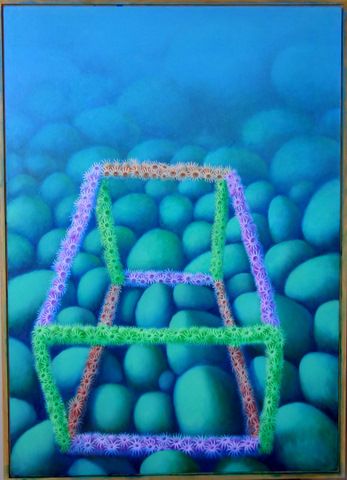
Cray Pot
Sold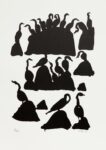
Shags
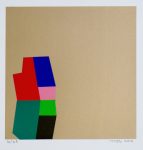
Gone Fishing II
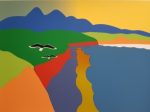
Blackback Gulls over Back Beach
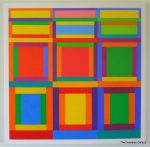
Harmonogram A,F,E
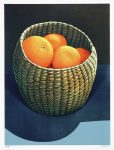
Oranges in a Seagrass Basket
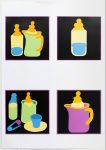
Flags for Mururoa Atoll
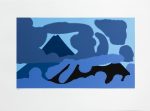
Taranaki and Pouakai range with clouds
About the Artist
Michael Smither is one of New Zealand’s most sought-after senior painters today, for his iconic super-realist and highly coloured paintings and screenprints which capture a unique and often very personal view of his world. In recent years, he returned to his work of the late 1970s, mapping the linkage between the harmonies of colour and those of music – the spectrum and the musical scale. His Harmonograms and Shared Harmonics explore this association, a viewing experience engaging both the senses when viewed while listening to music he has composed. This approaches synaesthesia, the phenomenon of overlapping senses, where some people see a colour when they hear a sound, or vice versa. These series evolved from his Okahu Bay Boats series, inspired by seeing boats at anchor in Okahu Bay reflected and silhouetted in a flood of golden afternoon light across the harbour. Over time he focused just on the shapes of the prows and coloured reflections to create abstract screenprints and sculptures. Given that his realist paintings often take years to complete, only one or two become available each year, and that has been reflected in a significant increase in values, still continuing steadily, for both his new and earlier work. Michael Smither is also committed to remaining accessible to the wider public who love his work, and thus keeps his screenprints and drawings deliberately affordable. He has prints of his most popular paintings with screenprinted ‘enhancements’, these start at $500, images on request. For further information or images, please contact Gallery Director Barbara Speedy on 0274 408 121 or by email .
Recent Works
‘The drawings remind us in ways that are both instant and future, mindless and brilliant. The line explains the leap at the truth, and employs many aspects of our existence.’
In 2024 Michael Smither released about 30 rare drawings from his studio collection, primarily of Central Otago with a few of the Marlborough Sounds, resulting from journeys south in 2005-2006. These give a rare insight into his artistic practice. Most of these drawings were (archivally) framed for the first time, for the exhibition Central in March-April 2024. These include drawings towards the dramatic Hawkdun paintings exhibited at The Diversion in 2012 – the final works in a career-long series, capturing the Otago landscape. In five paintings, he took a hyper-surrealist approach to the mountains especially the Hawkdun Range of Central Otago. The drawings show his interest in the ‘sensuous, almost human’ nature of the shadows of the snow clad mountains.
We have available a special selection of unframed screenprints from 1998-99: rare Artist’s Proofs or last of edition from the artist’s collection, plus a striking new Dolphins & Lovers silhouette series in black and white. Other Taranaki inspired screenprints include Fantham’s Peak (of Mt Taranaki). The full range can be viewed by appointment (or email).
More About the Artist
Michael Smither was born in New Plymouth in October 1939. He was educated at New Plymouth schools and left school in 1958, working at the Ivon Watkins factory, a chemical factory which later became controversial and was the subject of some of his paintings. His main interests were art and underwater diving. During his father’s absence in the war years he was raised by his mother and two aunts who became Catholic nuns. He acknowledges the influence strong women have had throughout his life. He attended the Elam School of Fine Arts at Auckland University from 1959-60 but rebelled against the formal environment and left, instead teaching himself and exploring a range of subject matter. He began exhibiting in 1961, initially in New Plymouth and Auckland. In 1962 he began his first ‘rock paintings’, a series which spanned many years and explores ideas about the impact of human occupation on the coastal environment. These became iconic images associated with the artist, even though he has explored many other themes including family, religion/spirituality, clouds, and his pivotal association of colour and musical harmonies. He won the HC Richards Memorial Prize in Australia in 1968, and in 1970 he was the Frances Hodgkins Fellow at Otago University. In 2004 Michael Smither was awarded the ONZM (Companion to the New Zealand Order of Merit) for services to art. In the mid-1960s with the birth of his children he began painting images of domestic life, including his children, his wife, and still life objects such as domestic utensils. The domestic paintings captured moments of discovery by his children, or tension between family members. As well as New Plymouth, the Otago region – his mother’s home province – provided much inspiration, expressed in simplified landforms with a human quality.
Michael Smither is acknowledged as one of nine pivotal painters who emerged in the 1960s to lead contemporary New Zealand art in new directions. Over five decades later, he stands at the crux of the contemporary movement, still exploring new ideas closely connected with his own life. A talented musician/composer, in the 1970s and 80s Smither became fascinated by the link between music and art, on the basis that ‘if anything looked good, it could sound good’. He completed a number of works which could actually be played as a musical score, by translating colour into sound. He identified parallels between the harmonies of colour and those of music, and formalised this into his landmark Harmonic Chart in 1982. He continues to use this as a reference. After years of dedication to his home region of Taranaki, Michael Smither now lives and paints near a more remote coast, on the Coromandel Peninsula, north of Whitianga.
Please contact us to confirm current prices: most prices are posted at the time of exhibition, and may be revised as the artists' values increase.
